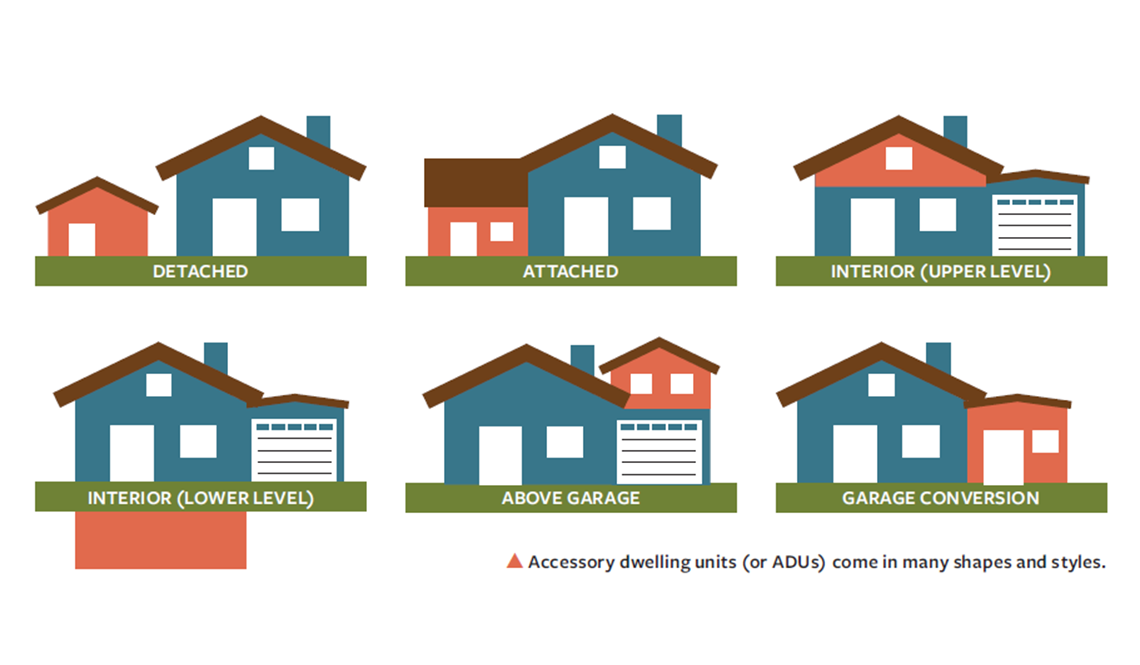
1. Increased Housing Supply: ADUs create additional units within existing residential lots, which can increase the overall housing supply in a given area. This can be especially helpful in high- demand areas with limited housing availability.
2. Affordable Housing: ADUs can provide affordable housing options for low-income families, young professionals, and older adults who want to age in place. By creating smaller, more affordable units, ADUs can help address the affordability crisis that many communities are facing.
3. Multigenerational Housing: ADUs can provide a solution for multigenerational families who want to live together but also value their privacy. By creating separate living spaces, ADUs can allow family members to live in close proximity while still maintaining some independence.
4. Environmental Benefits: ADUs can have environmental benefits as well, as they can promote more efficient use of resources and reduce the carbon footprint of a household. Additionally, ADUs can be located near public transit and other amenities, promoting a more sustainable lifestyle.
5. Economic Benefits: ADUs can create new business opportunities for homeowners who want to rent out the additional space, potentially providing a new source of income. In addition, ADUs can boost property values, which can be beneficial for homeowners looking to sell in the future.
Overall, ADUs have the potential to address several key aspects of the housing crisis, from affordability to environmental sustainability. By creating additional housing options, ADUs can help communities become more inclusive, diverse, and resilient. However, it is important to ensure that ADUs are regulated effectively to prevent any negative impacts on neighborhoods or quality of life.
In our next blog we will explore which towns in CT allow ADU's.
Posted by Tim Bray on

Leave A Comment